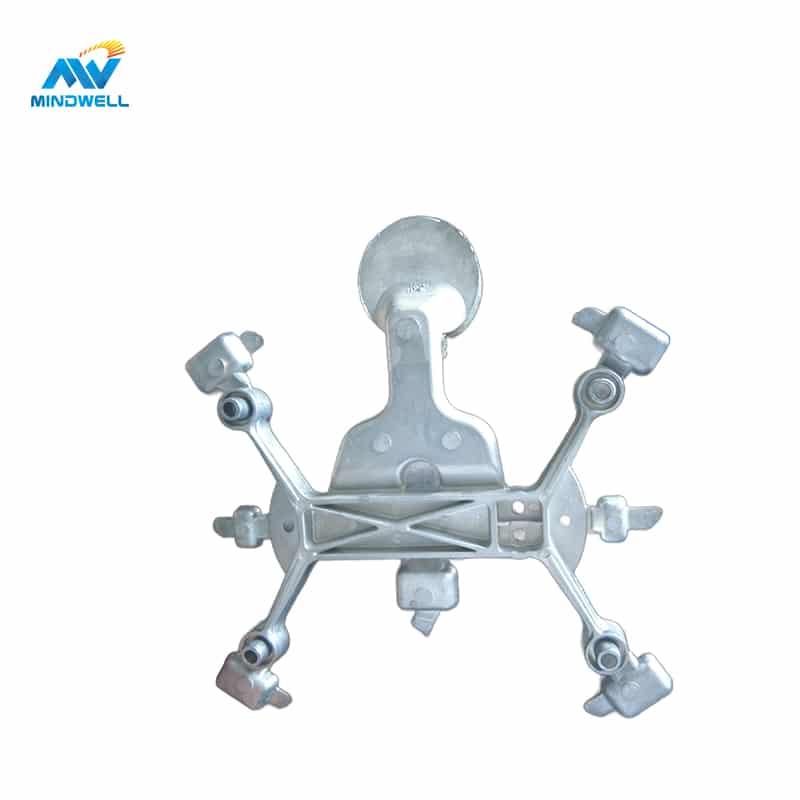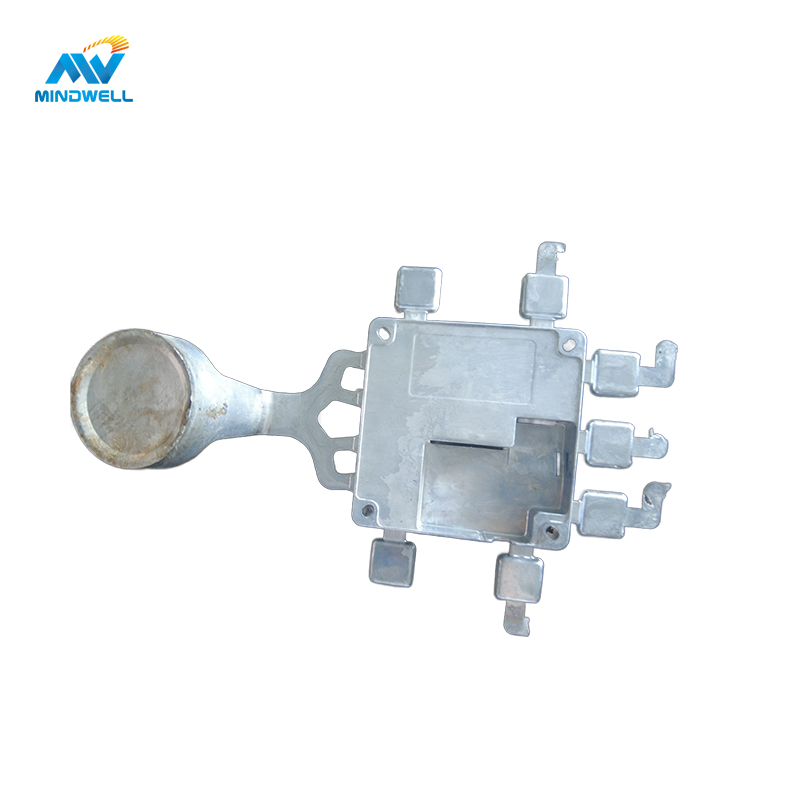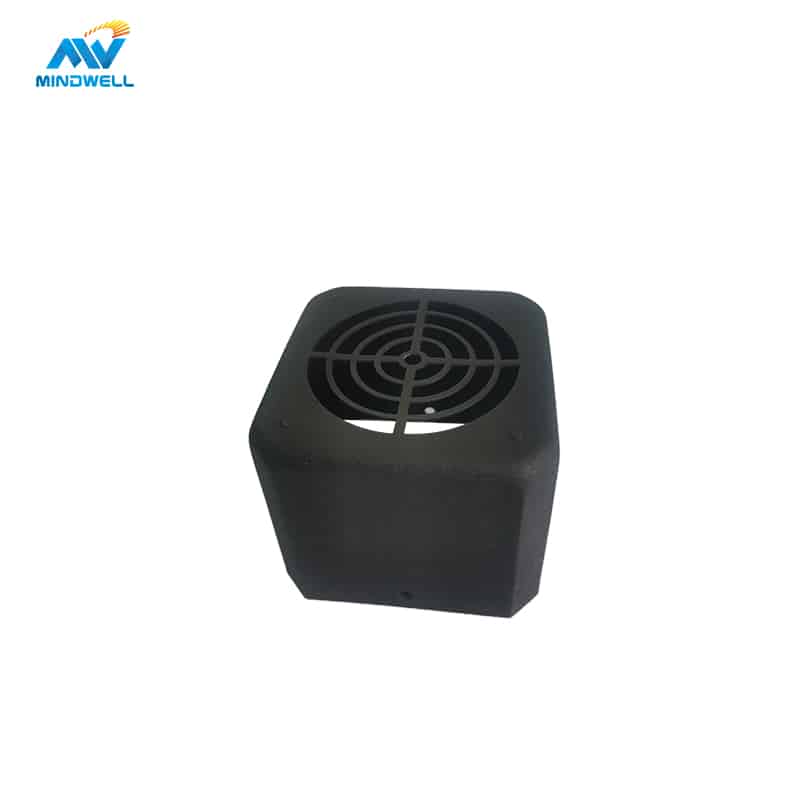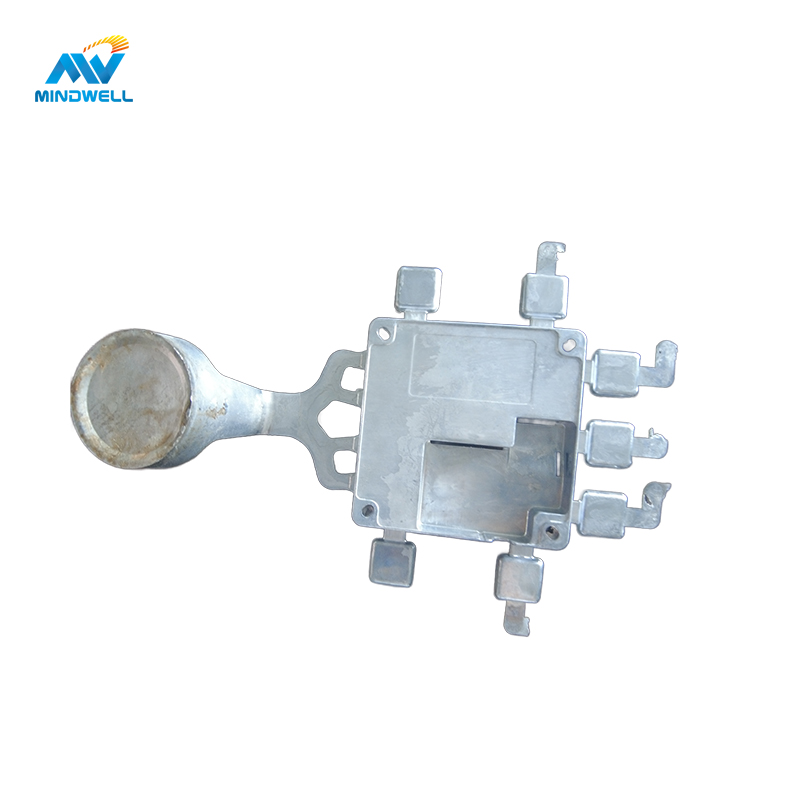Die casting is a popular manufacturing process that involves creating a metal mold to cast molten metal into a specific shape. This technology has been around since the early 1800s and has since improved to include new materials, techniques, and methods for producing various die-cast molds.
In this article, we will discuss the steps involved in making a die-cast mold, what materials are typically used, and how to ensure you have a high-quality product after the initial casting process.
Step 1: Designing the Mold
Before anything else, it is essential to develop comprehensive designs for the mold, including the shape, measurements, and detailed drawings of each part. This will ensure that the finished product meets the exact specifications needed for your project. CAD software is typically used in the design process to create 3D models of the mold.
Step 2: Creating the Mold
After completing the design process, the next step is to create the mold itself. Die-cast molds are typically made using a variety of metals, such as steel or aluminum, with the latter being the more popular choice due to its lightness and durability.
The metal is then shaped using specialized CNC machinery or a traditional milling machine to create the negative imprint of the final product. The mold must be perfectly crafted to eliminate any defects that may appear in the final product.
Step 3: Coating the Mold
Once the mold has been created, it is necessary to apply a protective layer to prevent the metal from sticking to it during the casting process. Several types of coatings can be used depending on the specific materials and processes used.
Some common types of coatings include ceramic coatings, PTFE coatings, and chrome coatings. These coatings help increase the durability of the mold and protect it from wear and tear during the casting process.
Step 4: Preparing the Casting Materials
Before casting can begin, the metal that will be used must be melted down and prepared. Typically, alloys are created by combining several metals to create a specific composition that provides the desired strength and other properties.
Once the metal has been melted down and the alloys have been formed, it is time to pour the molten metal into the mold.
Step 5: Casting the Product
In this final step, the prepared molten metal is poured into the mold, filling the negative space in the previously created mold. Once the metal has cooled and solidified, the mold is opened, and the product is removed.
Any excess material is then removed, and the casting is polished or otherwise processed to produce the final product. If everything has been done correctly, the final product will reflect the exact specifications designed in the initial design phase.
Wnioski
Die casting is an excellent way to produce high-quality metal products quickly and efficiently. By understanding the critical steps involved in making a die-cast mold, you can ensure that your product meets your exact specifications and is of the highest possible quality.
Using the right materials, equipment, and processes, you can create a mold that will last for many years and produce consistent, high-quality results. Whether you’re working on a large-scale manufacturing project or a small, custom project, die casting can help you realize your vision and create a product that meets your exact needs.







